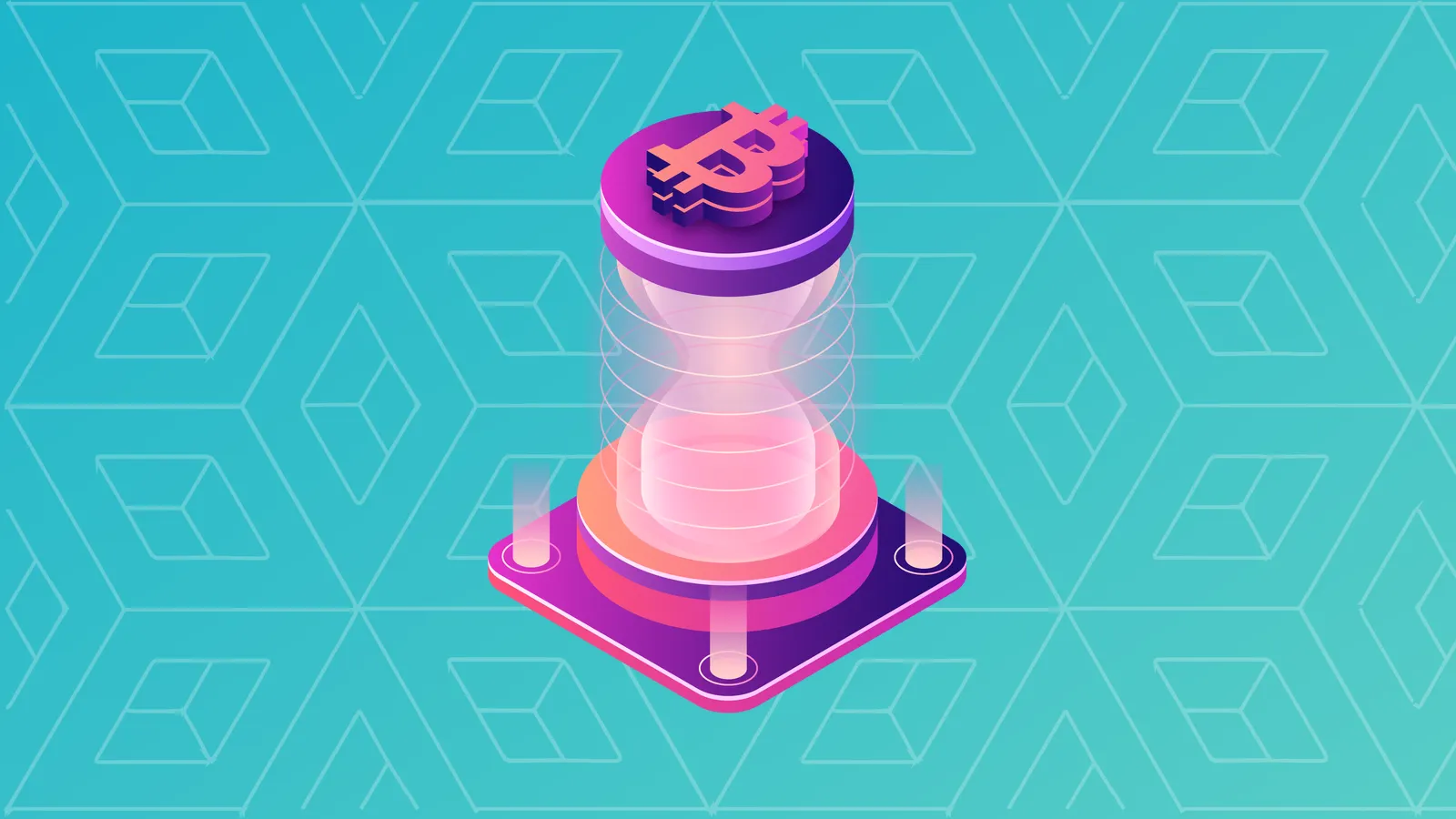The inventor of Bitcoin believed scarcity could create value where there was none before. The Halving also known as the Halving is occured in May 2020. To understand it, we must understand the theory behind Bitcoin’s supply. We explore it more below.
A bit about Bitcoin
Bitcoin was revolutionary in that it could, for the first time, make a digital product scarce. This limited supply is one of the reasons the price of Bitcoin went from being worth nothing 10 years ago to $69,000 at its peak in 2021.
The idea of limiting supply is in opposition to how fiat currencies such as the U.S. dollar are used. Traditionally, to create one US dollar, the US government needed to have a certain amount of gold in their reserves. Over time, these rules eroded into the system we have today in which governments can print money as often as they like. Bitcoin, on the other hand, works differently.
What is the Bitcoin Halving?
Inside the code that Bitcoin is built on, is a rule that says no more than 21 million Bitcoin can ever be produced. New Bitcoin is released through mining as block rewards. Miners do the work of maintaining and securing the Bitcoin ledger and as a reward; the system sends them new Bitcoin.
However, about every four years, the mining reward is halved–hence “the Halving.” Each halving reduces the rate of new Bitcoin entering into the supply until no more new Bitcoin is created at all in the year 2140.
Who Invented the Halving?
The Halving was programmed into Bitcoin’s code by Satoshi Nakamoto. This extremely simple mechanism of reducing the total supply over time is one of the main reasons why Bitcoin is the world’s most valuable crypto asset. As Nakamoto wrote in the Bitcoin whitepaper: “the network is robust in its unstructured simplicity.”
Did you know?
The
first million Bitcoin was mined by Satoshi Nakamoto 10 years ago. Since then, about 85% of the total supply has been mined and only about 3 million more Bitcoin will ever be created.
A brief history
- 2009 – Bitcoin mining rewards start at 50 BTC per block
- 2012 – The first Bitcoin Halving reduces mining rewards to 25 BTC
- 2016 – In the second Halving, mining rewards go down to 12.5 BTC
- 2020 – In the third Halving, mining rewards go down to 6.25 BTC
- 2140 – The 64th and last Halving occurs and no new Bitcoin will ever be created
What’s so special about it?
If a person, group, or government is trusted to set up the money supply, they must also be trusted to not mess with it. Bitcoin is supposed to be decentralized and trustless–no one in control and no one to trust. Since Bitcoin is not controlled by any one person or group, there must be hard and set rules about how many Bitcoin gets created and how they are released.
By writing a total supply and Halving event into the Bitcoin code, the monetary system of Bitcoin is essentially set in stone and practically impossible to change. This “hard cap” means Bitcoin is a kind of “hard money” like gold, which has a total supply that is also practically impossible to change.
What happens to miners?
Miners must use precious resources to maintain the Bitcoin network, but what happens when their rewards are halved? Since the Halving reduces mining rewards, the incentive for miners to work on the Bitcoin network would also be reduced over time, which would mean fewer miners and less security for the network. In order to compensate miners properly into the future, the price of Bitcoin or the transaction fees must go up to meet miner’s demands.
Cheat Sheet
- The Bitcoin Halving is an event where mining rewards are cut in half.
- The event takes place according to pre-set rules in Bitcoin's code.








